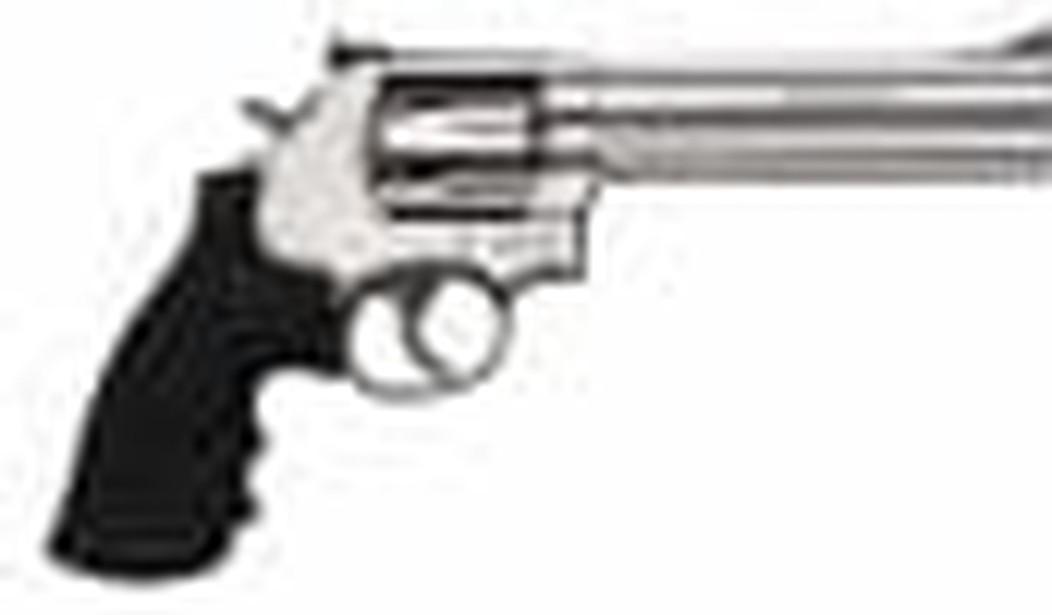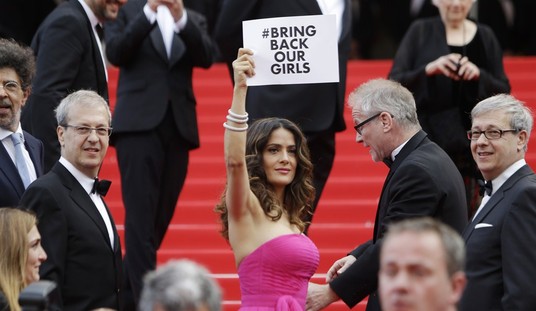The U.S. Supreme Court struck down a handgun ban in the nation’s capital, but it doesn’t mean that Washington, D.C., residents can now protect themselves with the most common handguns used for personal defense. The recent Heller decision struck down the District of Columbia’s prohibition on handguns, but the Court’s decision may not directly affect a preexisting D.C. ban on “machine guns,” which are defined by the 1976 Washington, D.C., City Council as:
… any firearm which shoots, is designed to shoot, or can be readily converted or restored to shoot: (A) Automatically, more than 1 shot by a single function of the trigger; (B) Semiautomatically, more than 12 shots without manual reloading.
The D.C. definition is self-contradictory; a “machine gun” is a fully automatic weapon that has the capability to fire a continuous string of bullets for as long as the trigger is depressed and the weapon has ammunition, and a semi-automatic is a firearm that fires one shot per trigger pull. Self-contradictory or not, this 1976 provision is still apparently the law, and may effectively outlaw semi-automatic handguns registered prior to 1976. For the time being, D.C. residents may be forced to rely on revolvers if they want a handgun.
Some gun control advocates suggest that a revolver-only D.C. is a partial victory for them, but the D.C. City Council may be creating a situation where the handguns legally available in Washington are more lethal than they would otherwise be.
Gun control groups have argued that the greater cartridge capacity of semi-automatic pistols and the ability to quickly reload them with a fresh magazine makes them more dangerous than revolvers. The assumption is that more bullets will be fired during shootings using a pistol than shootings using revolvers. Evidence from actual shootings, however, rarely bears this assertion out as fact. Most authorities have cited a rate of roughly three to four shots fired per incident, a statistic that has not varied greatly from year to year, regardless of the kind of handgun used.
The New York Police Department released an 11-year study of police gunfire that occurred during the department’s transition from .38 revolvers to higher-capacity 9mm semi-automatics issued with multiple magazines. Even when police were armed with firearms with faster reloading times and high-capacity magazines, police still fired about 3.6 shots per incident, the same as they did when issued revolvers. As the number of shots per incident doesn’t tend to vary greatly, the power of the bullets fired and the risk they pose to victims and bystanders become the primary issue.
According to the Justice Department’s Bureau of Justice Statistics report using ATF gun trace data from 1994, the top four guns — and seven of the top ten — that are used in crime are cheaply made, unreliable small-caliber semi-automatic pistols. Targeted at the lower end of the firearms market, these inexpensive pistols are among those most frequently purchased in economically disadvantaged areas riddled with crime. Chambered in anemic .22 rimfire, .25 ACP, and .380 ACP calibers and made of cheap cast metals, these inaccurate firearms jam frequently and often fail to function, and when they do work, the small, low-velocity bullets fired often fail to penetrate deeply enough to hit vital organs. By restricting semi-automatic sales to Washington residents, the government is purging the most unreliable and ineffective firearms from their local market.
What this means as a practical matter for Washingtonians is that the next most affordable class of firearms includes the far more reliable, moderately-priced .22 rimfire, .38 Special, and .357 Magnum caliber revolvers. The .38 and .357 revolvers are not only far more reliable than the cheap semi-automatics, but are far more powerful as well, meaning they are more likely to cause fatalities among gunshot victims.
Washington’s decades-old ban on semi-automatics may or may not be legal, and that is something that will doubtlessly be resolved through the court system. What is apparent is that the ban will probably have very little influence on reducing the number of bullets fired per incident, and it may very well contribute to more homicides among shooting victims.









Join the conversation as a VIP Member